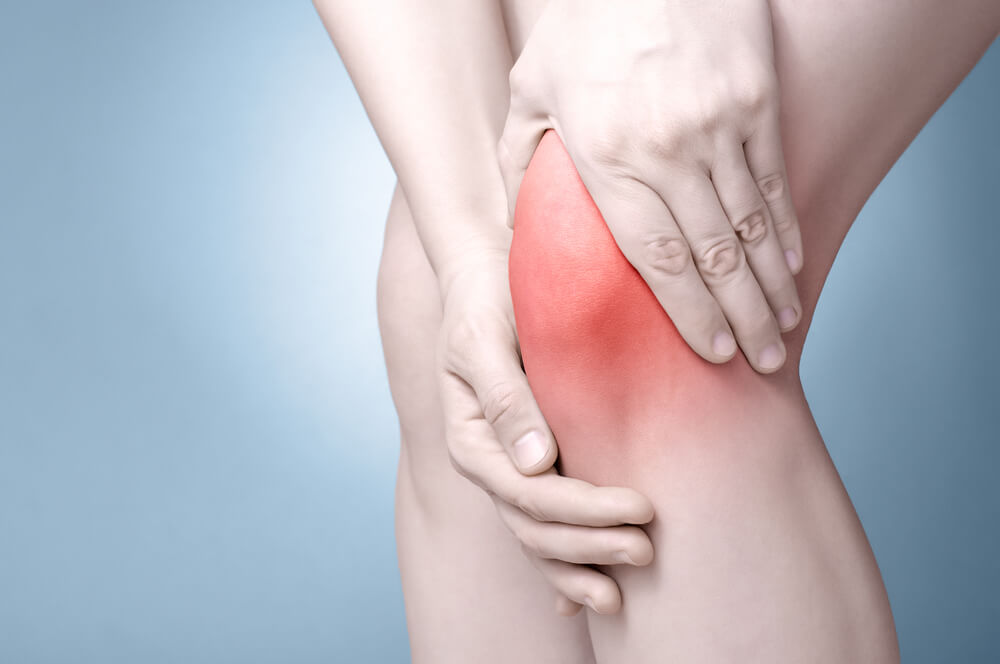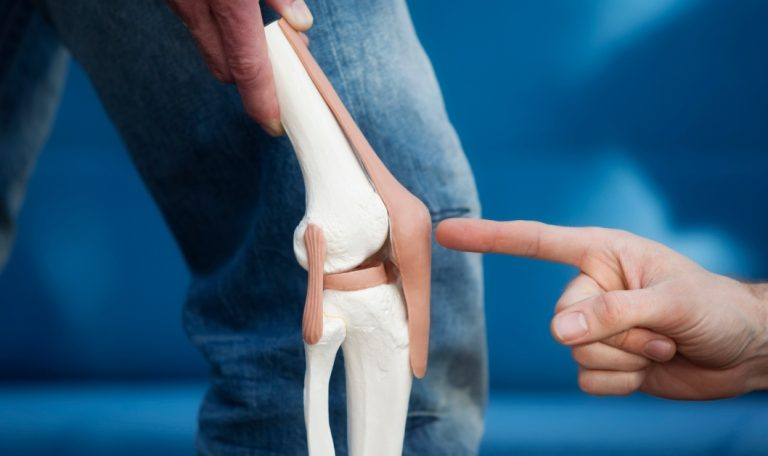An anterior cruciate ligament (ACL) injury is common, particularly among active individuals and athletes. A torn ACL often requires surgery to restore knee stability and strength. However, the recovery process is just as important as the operation itself. Healing after ACL surgery is a gradual journey that demands patience, dedication, and the right guidance. Understanding the recovery timeline can help you stay motivated and on track. With support from your orthopaedic surgeon or care at a specialised knee hospital, you can work towards regaining mobility step by step, achieving key milestones, and returning to your normal activities safely and confidently.
The Role of the ACL and Why Recovery Takes Time
The ACL is one of the main ligaments that help stabilise your knee joint. It connects the thigh bone (femur) to the shin bone (tibia) and prevents excessive forward movement of the shin bone, as well as rotation of the knee.
When the ACL is injured or torn, it can make everyday movements such as walking, climbing stairs, or playing sports difficult and sometimes impossible without discomfort or instability. Surgery, often performed by an experienced orthopaedic surgeon in Ahmedabad, aims to reconstruct the ligament using a graft, which needs time to heal and integrate with the surrounding tissue. This is why recovery is a slow and careful process — rushing it can increase the risk of complications or re-injury.

Factors That Influence Recovery Time
While there is a general recovery timeline for ACL surgery, each patient’s journey can vary based on several factors:
- Age and overall health – Younger, healthier individuals may heal more quickly.
- Severity of the injury – A complete tear may require a longer recovery period than a partial tear.
- Type of graft used – Hamstring tendon grafts, patellar tendon grafts, or donor tissue may heal at different rates.
- Pre-surgery fitness – Strong muscles and good flexibility before surgery can aid recovery.
- Commitment to rehabilitation – Consistently following a physiotherapy plan is essential for long-term success.
ACL Surgery Recovery Timeline: Week-by-Week & Month-by-Month
Below is a general overview of what you can expect during different stages of recovery. Your surgeon and physiotherapist will tailor this plan to your individual needs.
| Stage | Timeframe | Main Goals | Activities & Focus |
| Immediate Post-Op | Week 0–2 | Reduce swelling, protect graft, begin gentle movement | Use of crutches, ice therapy, gentle knee bends, keeping the leg elevated |
| Early Recovery | Week 3–6 | Regain range of motion, begin light strengthening | Physiotherapy sessions, stationary cycling, gentle quad exercises |
| Strength Building | Week 7–12 | Improve muscle strength, balance, and stability | Leg presses, resistance bands, gradual increase in exercise intensity |
| Advanced Rehab | Month 4–6 | Prepare for sports-specific movements | Running drills, agility exercises, jump training, proprioception work |
| Return to Sport | Month 7–12 | Achieve full recovery and sports readiness | Sport-specific drills, gradual return to training and competition |
Key Milestones You Can Expect
While everyone’s recovery journey is unique, most patients can look forward to achieving these milestones along the way:
- Walking without crutches – Often possible within 2–4 weeks after surgery, depending on progress.
- Regaining full knee bend – Essential for everyday activities and usually achieved by the third month.
- Light jogging – With clearance from your physiotherapist, jogging may begin around 4–6 months.
- Side movement stability – Important for sports and achieved during advanced rehabilitation.
- Return to competitive sports – Typically after 9–12 months, depending on your strength, stability, and confidence in the knee.
Common Challenges During Recovery and How to Overcome Them
Recovery from ACL surgery is not always straightforward. You might face challenges such as:
- Stiffness or reduced flexibility – Overcome this by sticking to your stretching and mobility exercises.
- Pain and swelling – Icing, rest, and gradual movement can help manage discomfort.
- Loss of motivation – Recovery can be long, so celebrate small wins and set achievable goals.
- Fear of re-injury – Work with your physiotherapist to rebuild confidence through controlled movements and progressive exercises.
Remember, it is normal to have setbacks, but consistent effort will help you move forward.
Physiotherapy’s Role in Accelerating Recovery
Physiotherapy is the cornerstone of ACL surgery recovery. A good rehabilitation plan strengthens not just the knee, but also the supporting muscles in your legs, hips, and core. These muscles provide stability and protect the new ligament from excessive strain.
Your physiotherapist will guide you through exercises that start gently and progress in intensity as your knee heals. Attending all sessions and following the recommended exercises at home can make a significant difference in your recovery speed and outcomes, especially if you are receiving treatment at a reputable knee hospital in Ahmedabad.
Do’s and Don’ts for ACL Surgery Recovery
Here are some simple guidelines to help you recover effectively:
Do’s:
- Follow your surgeon’s and physiotherapist’s instructions carefully.
- Keep your knee elevated and use ice to manage swelling in the early days.
- Maintain a healthy, balanced diet to support healing.
- Stay consistent with your exercise plan.
Don’ts:
- Attempt high-impact activities before you are cleared by your healthcare provider.
- Skip physiotherapy sessions or neglect home exercises.
- Ignore pain, swelling, or unusual sensations in your knee.

Mental Resilience During ACL Recovery
It is easy to focus on the physical aspects of recovery, but mental strength is equally important. The process can be frustrating at times, especially if you are eager to return to normal life or sports. Setting short-term goals, tracking your progress, and seeking support from friends, family, or fellow patients can help you stay positive.
If you are finding it difficult to cope emotionally, speak to your doctor or a counsellor. Staying motivated is key to completing your recovery successfully.
Life After ACL Recovery
Once you complete your recovery, you can expect to return to most, if not all, of your previous activities. However, it is important to continue maintaining the strength and flexibility you have built during rehabilitation. This helps protect your knee from future injuries and ensures long-term joint health.
For athletes, working on sport-specific drills even after returning to play can improve performance and reduce the risk of re-injury. For others, regular exercise and good knee care will keep you active and pain-free for years to come.
Conclusion – Patience Leads to Long-Term Success
Recovering from ACL surgery takes patience, discipline, and consistent effort. Whether under the care of an orthopaedic surgeon or at a knee hospital in Ahmedabad, following your recovery plan and working closely with your medical team is key to success. Each stage of rehabilitation helps rebuild your knee and restore your confidence. Skipping steps can risk your progress. At Dr Meet Mehta, we offer personalised ACL surgery recovery plans, providing the care, guidance, and motivation you need. With the right support and determination, you can regain a strong, stable, and healthy knee, ready for a full and active life.



